Everything About Chicken Wire Fencing and How to Build
by Jennifer Behm – Chicken farmer| Last Updated– 17 January 2021
Organizing and constructing your chicken coop can be one of the most stressful projects at your home. However, it’s one of the most crucial first steps to ensuring your chickens’ livelihood. Your chicken coop’s fencing is important because it’s responsible for keeping your chickens and other birds inside the fence.
The chicken fencing you use also helps keep foxes and other predators out during the day and at nighttime. It even helps to keep pests and rodents like mice, rats, and other small animals from trying to consume your chicken feed.
Read on:
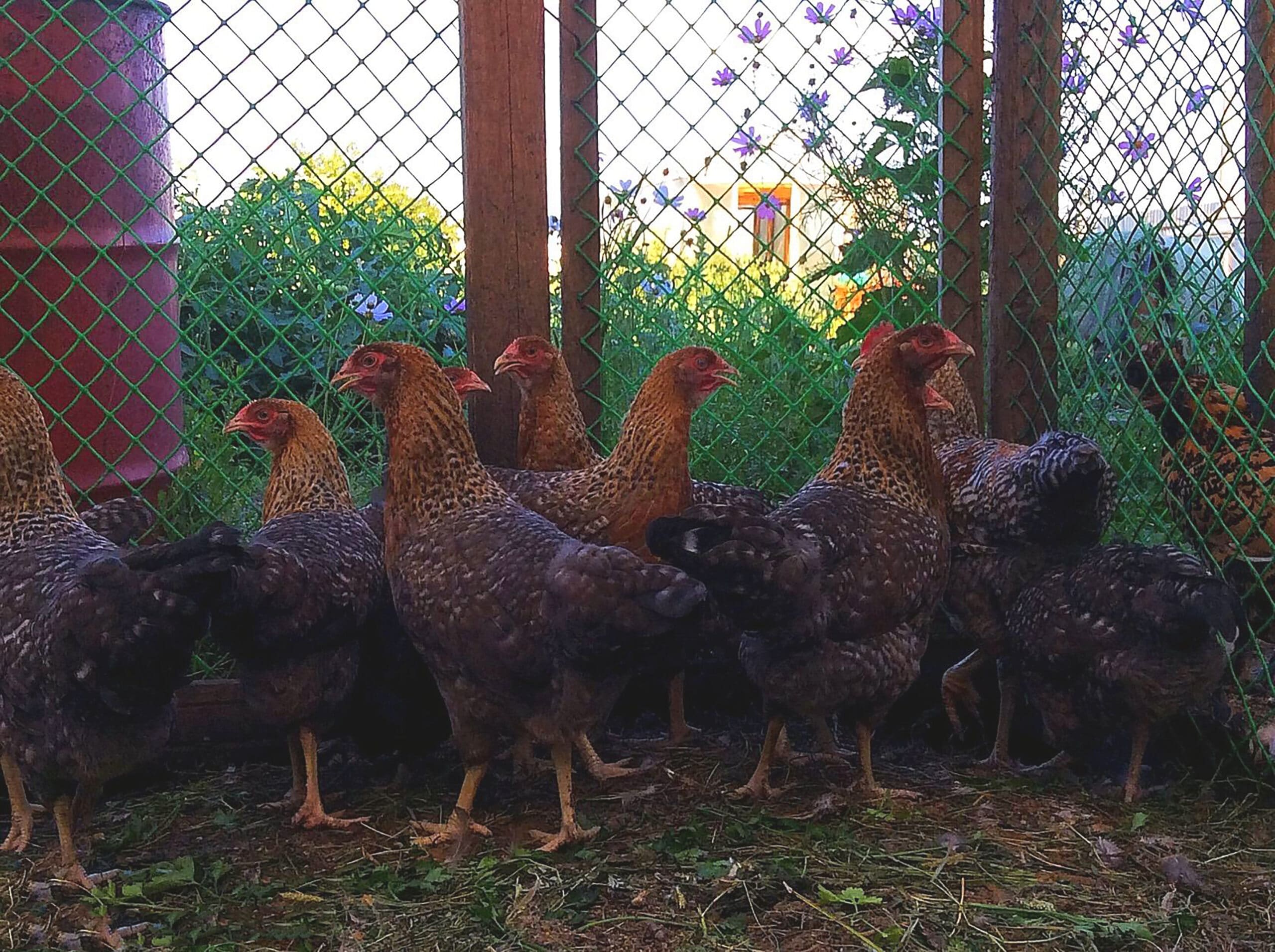
Given the responsibilities of chicken wire fencing, you must have one to effectively get the job done. There are different kinds of chicken wire fencing on the market that you can choose from, so you must research and install the best one for your particular circumstances.
This guide will help you figure out the best kind of chicken wire fencing for you by discussing the characteristics of the two main types: chicken wire and hardware cloth fencing.
Read More from prestigequeen.com :
The Best Wire For the Chicken Run
Wire Mesh vs Hardware Cloth:
Step 1: The Best Wire for a Chicken Run is Galvanized Hardware Cloth
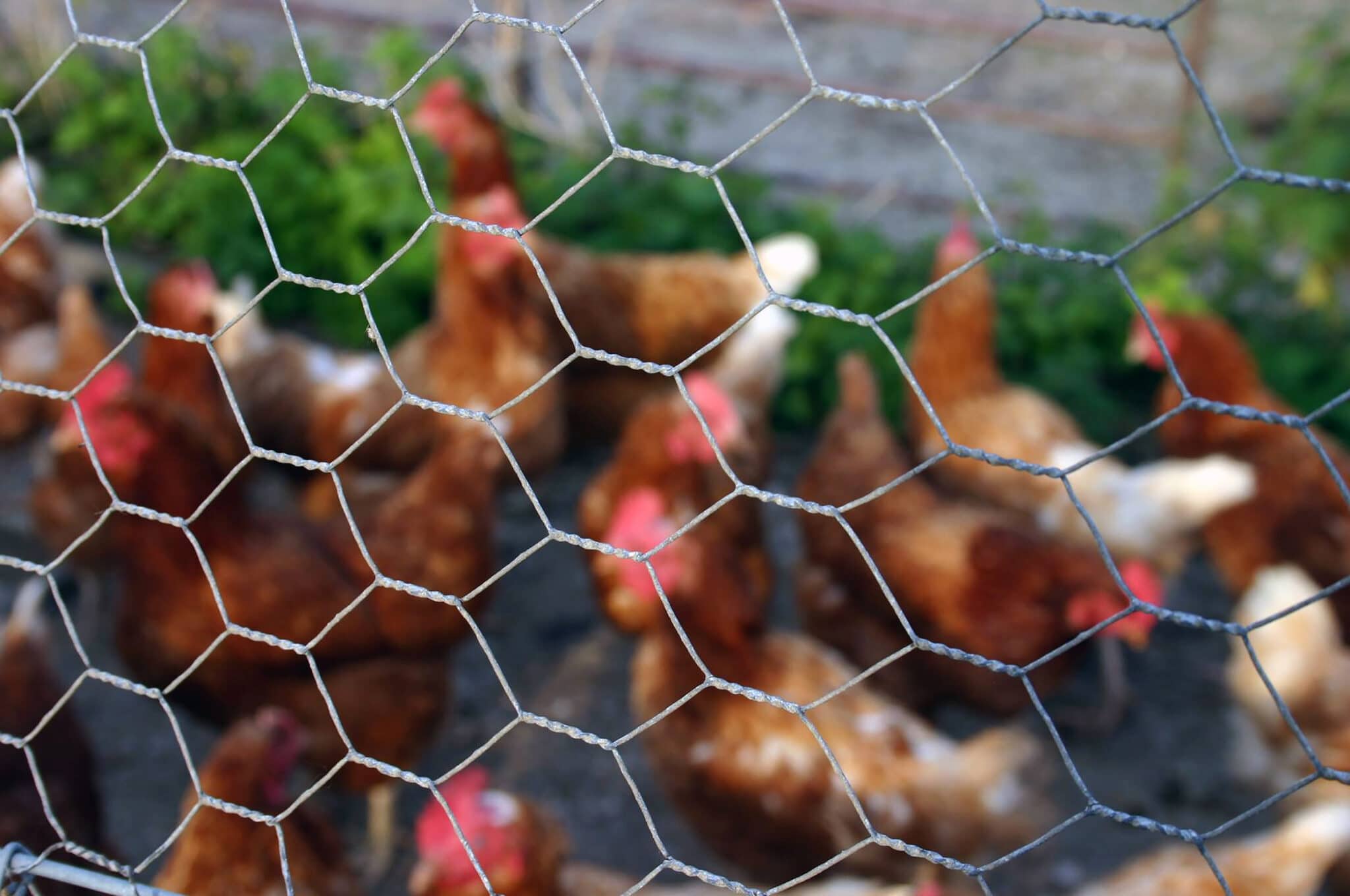
Before you do anything else, you should first familiarize yourself with the different types of chicken wire fencing available to you on the market. Each fencing type delivers various effects, so you’ll want to think about all of your options before deciding on just one.
Perhaps the most common type of fencing for chickens is the chicken wire. It’s produced with a thin wire material that has been woven together, and it resembles hexagon shapes in between the wires. It tends to be cheaper than other types of fencing since it’s thinner and easier for production companies to produce. On the downside, chicken wire fencing doesn’t have any extra coating to protect against rusting from occurring over time.
Even though it tends to rust more easily, it’s still useful for many different purposes. Many people use it to have a daytime yard for chickens that can be easily monitored inside your house.
It’s also suitable for separating chickens enclosed within a coop since chickens tend not to try and break through the wire fencing. It’s also used by many to provide underground protection to keep predators from digging under the coop to get the chickens.
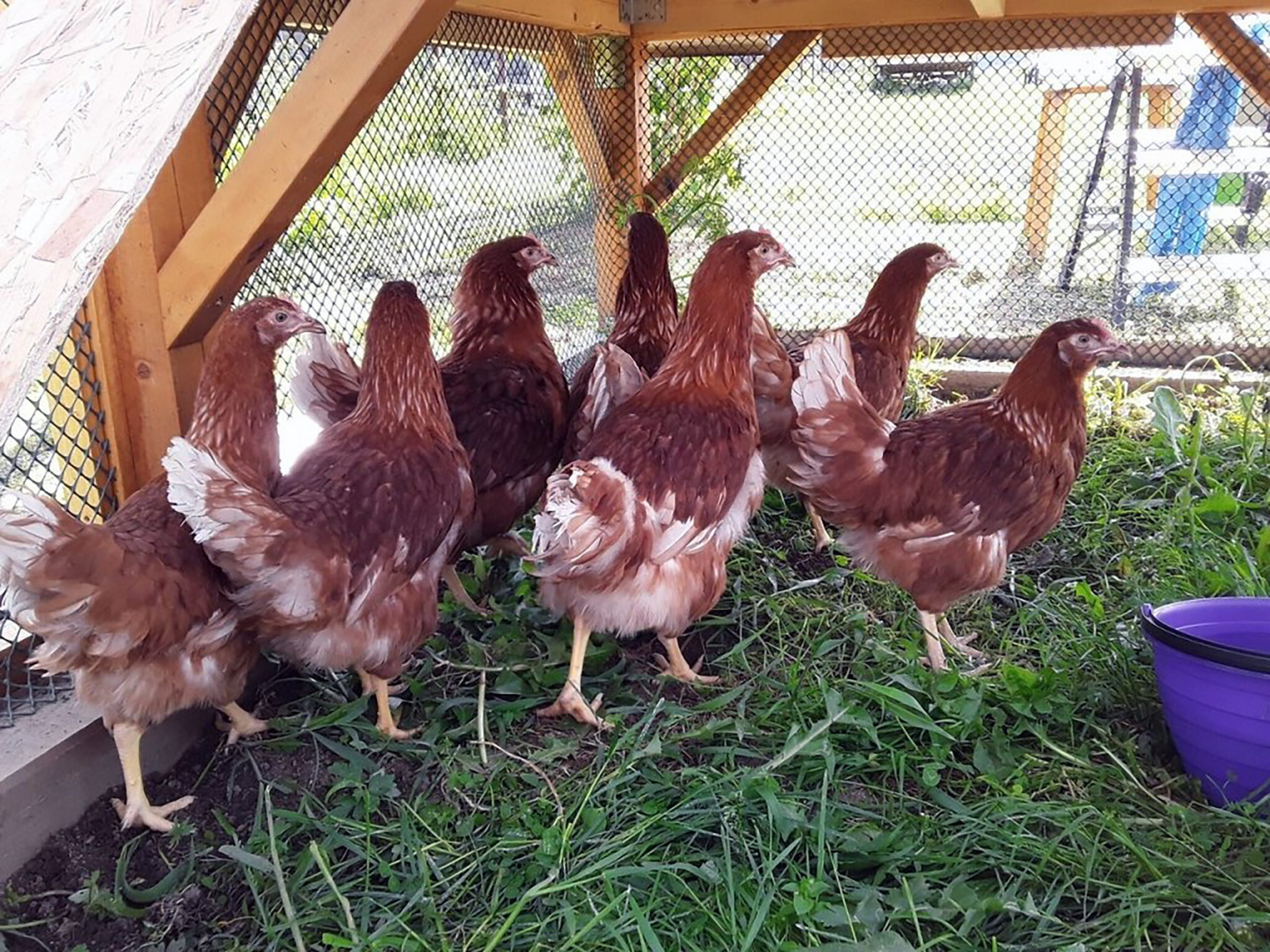
Other than the chicken wire fences, you also can use hardware cloth or chicken wire mesh. Chicken wire mesh can either be made from a plastic or steel material. Plastic hardware cloth is produced by melting plastic wires together and cooling them into the structure of a mesh fence.
It’s not as durable as steel wire, but it’s cheaper and can provide sufficient support for keeping chickens within enclosed areas like a chicken wire fence. Plastic hardware cloth is also great for protecting your chicken run from above, preventing hawks and other large predators from swooping down to attack your chickens.
Perhaps the most durable and the best wire for a chicken run is galvanized hardware cloth. Galvanized hardware cloth is essentially steel wire that’s been added rust-proof by hot-dipping it into zinc. Not only is it more durable in its rust-proof qualities, but it’s also stiffer and not as easy to bend as a wire fence. That being said, the chances of predators tearing through the fence are slim to none, so it’s the best wire for a chicken run.
What You Will Need to Install the Best Wire Chicken Run:
- Chicken coop or free-range area
- Measuring tape
- Wooden fence posts or a frame
- Snips
- Galvanized staples
- Pneumatic staple gun
Read More from prestigequeen.com :
Step 2: Consider What You Need Chicken Wire Fencing For
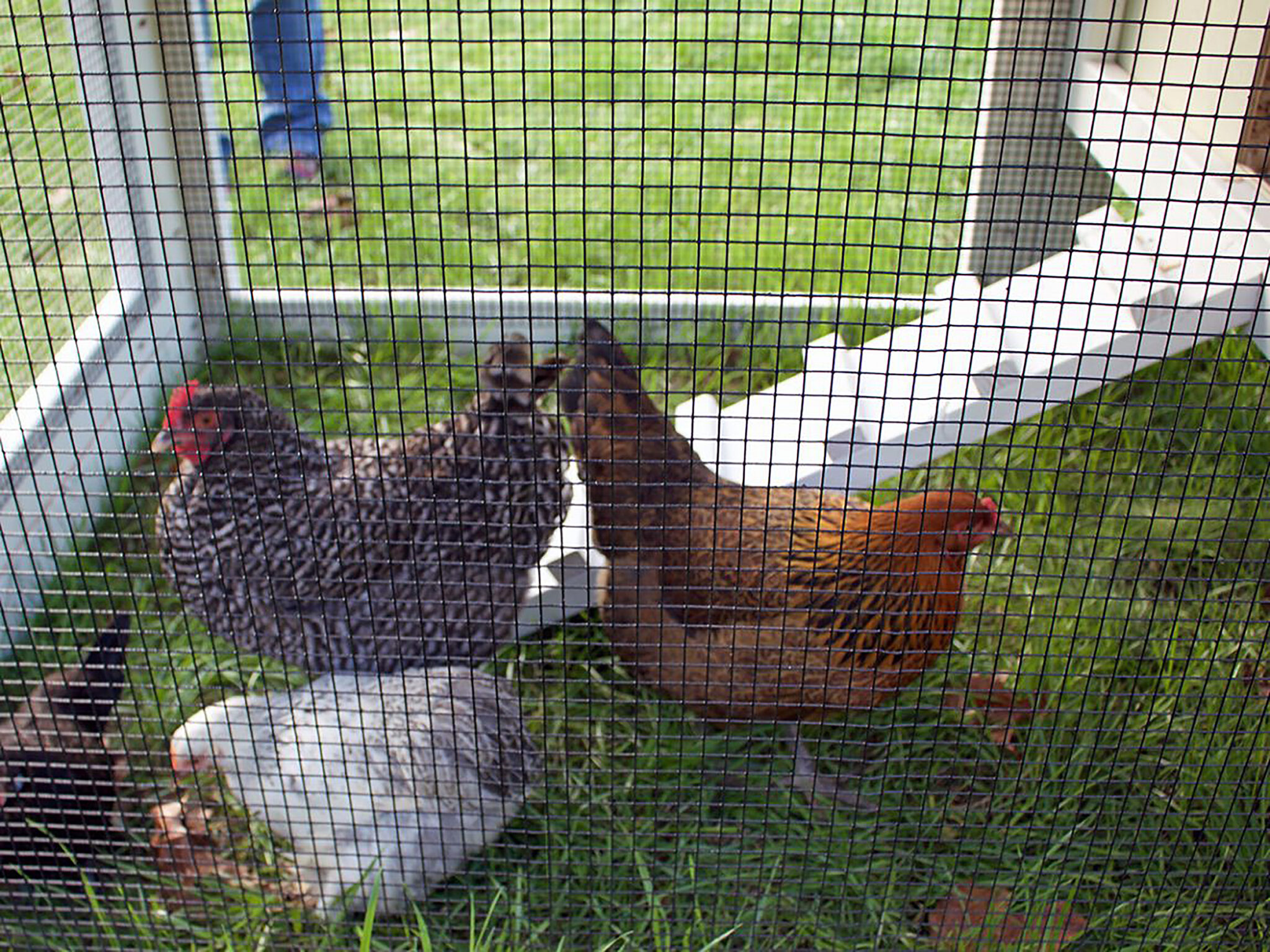
After you’ve become more familiar with your fencing option, you’ll want to think about why you need chicken wire fencing, to begin with. What will you be using it for? It can virtually be used for anything on a farm or around your house, given its versatile construction. Many people often use fencing for enclosing chickens in a run or a coop.
You can also use it for underground protection around the chicken coop or use it to separate certain chickens from others. It’s also great if you’re trying to structure an already-enclosed chicken coop into different parts. You can more easily decide what type of fencing will be the best for you if you think about what exactly you plan on using the fencing for, as some fencing is more suited for different uses.
Step 3: Measure The Coop Or Free-Range Area
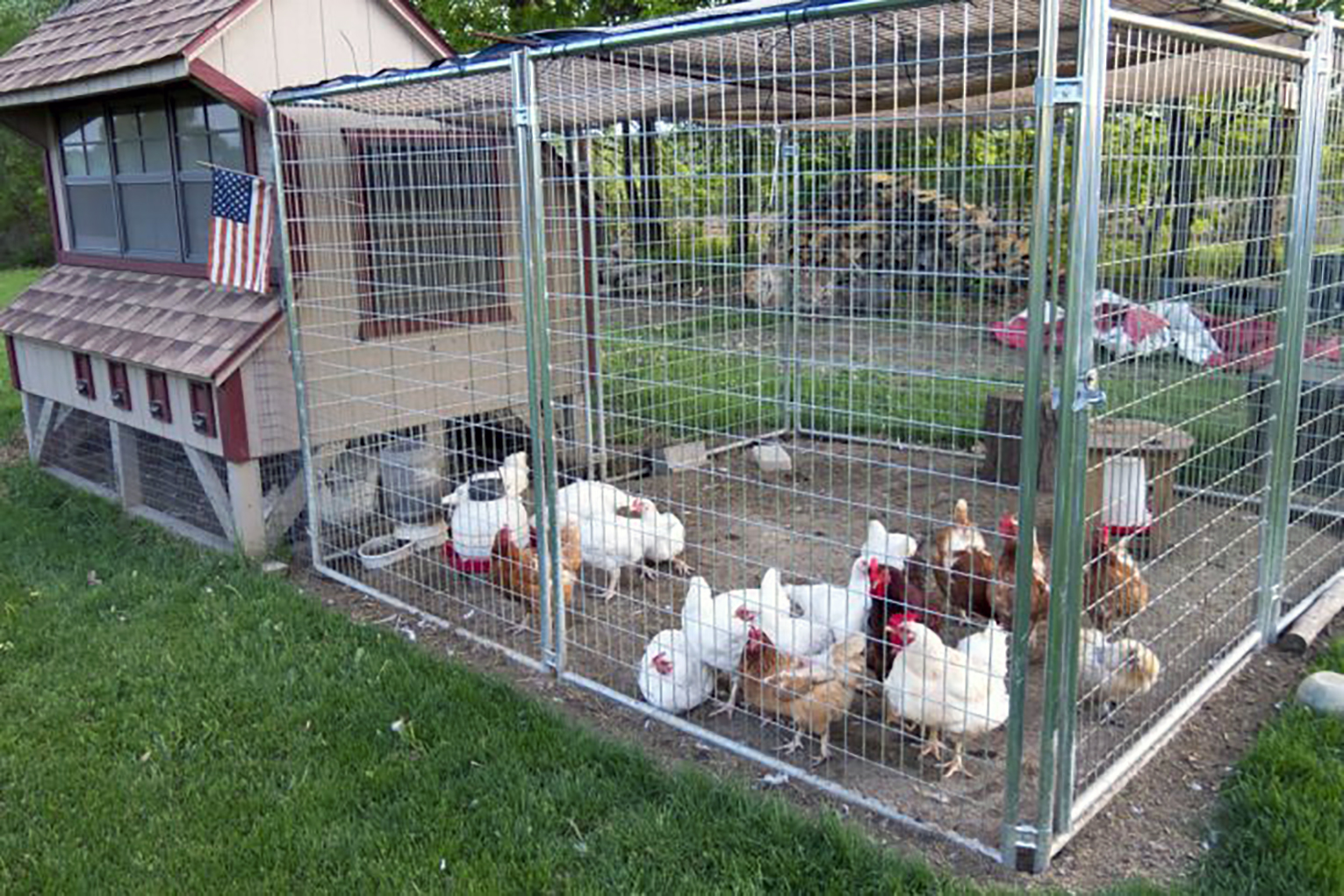
Once you’ve decided what you need chicken wire fencing for, you must start measuring the spaces that you’ll be using the fence. If you’re planning on the fence running around the entire enclosed chicken coop, you’ll want to measure the entire perimeter you plan to install. You can more easily do this by placing posts to help frame out the picture of where exactly you want the fence to be placed.
If you’re planning on using the chicken wire fencing for underground protection, then you’ll want to measure the area of the bottom of the coop where the fence will ultimately be placed.
If you want to install the fencing throughout the yard or inside the coop to separate some chicken from each other, you’ll want to place posts at the corners of where you want to install the fence and then measure between those posts. Lastly, if you want the fencing inside of the coop to structure it into separate rooms for egg-laying practices, then you’ll want to measure in between the walls and figure out the spacing of where the fencing will work the best.
Measuring the exact area of where you plan to put the fencing can help you to figure out how much fencing you’ll need and whether you’ll be able to choose one type of fencing over the other based on financial factors.
Step 4: Consider the Number of Chickens You Have and Their Size
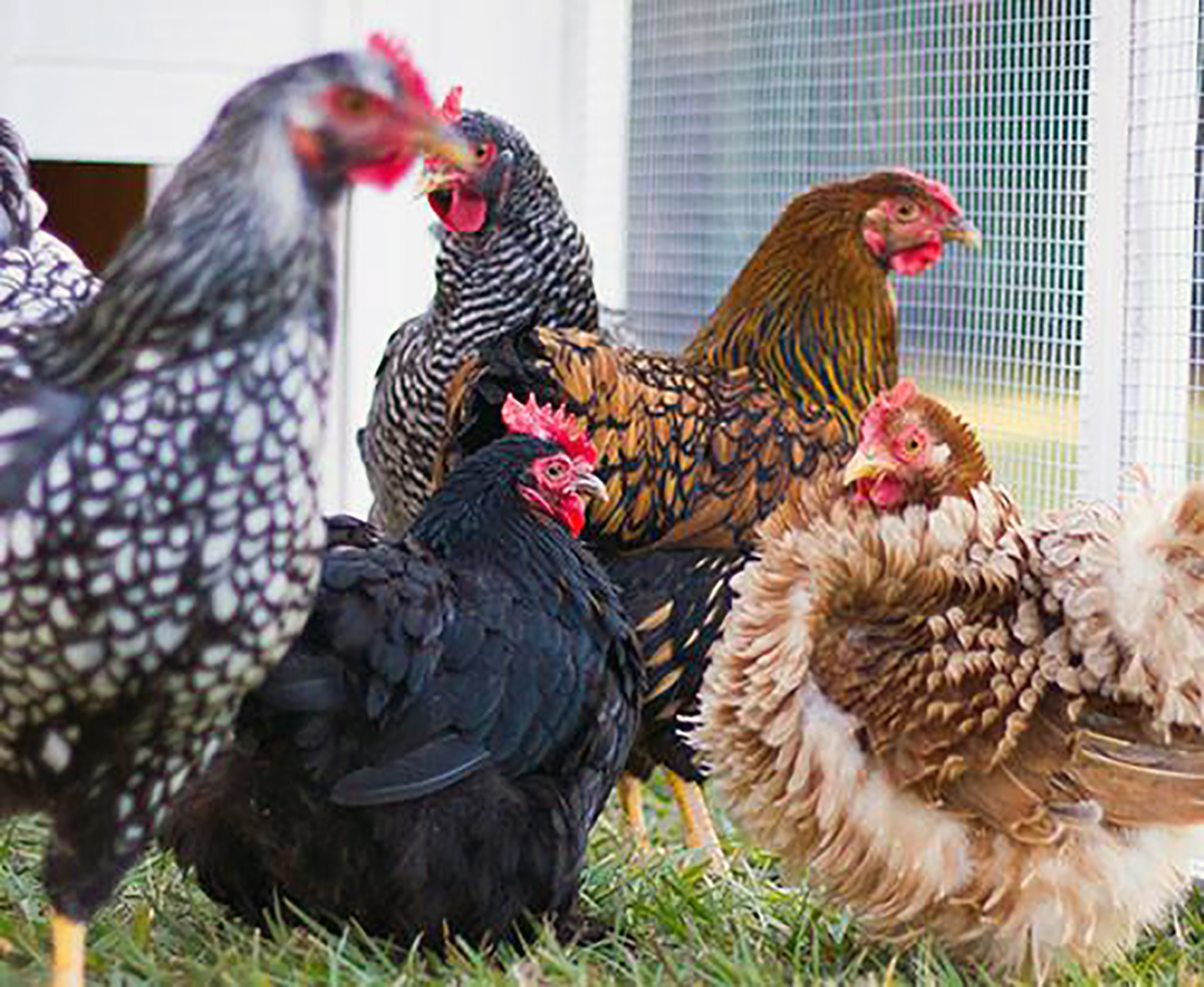
It may be sufficient for you to think about how many chickens you’re trying to enclose as well as their size and how old they are. If you only have a small number of chickens and want to keep them inside a barrier, then you can get away with using a less sturdy type of chicken wire fencing, since they will likely remain within the fence and calmly interact with each other.
On the other hand, if you have a larger number of chickens in one area, then you may want to think about using a more durable and protective type of chicken wire fencing. With many chickens in one space at one time, there’s a higher likelihood that all of them will follow one if it starts running around. And when you have multiple chickens running around at the same time, there’s always a risk that they will run through the fencing or get hurt on the fencing.
Even more, if you have a larger number of chickens in one area, there’s a greater chance of predators trying to get in through the fence to get one. Since there are many chickens, the predators think that they have a greater chance of successfully getting one of them. With a sturdier and more durable fence around your chickens, you don’t have to worry about any predators getting into the coop.
Step 5: Examine the Area
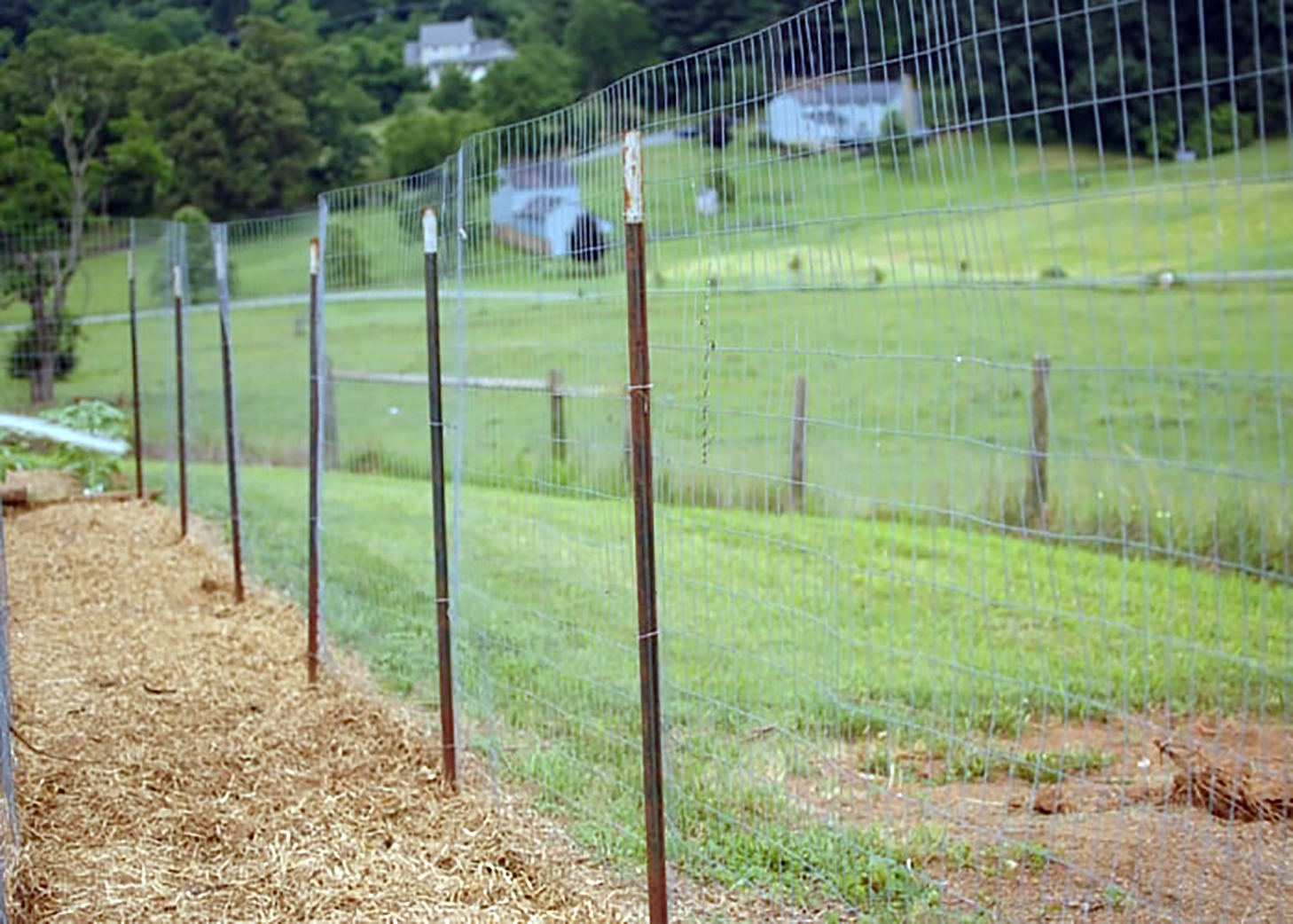
Before choosing a certain type of fence and installing it, you’ll want to examine the area you plan to put the fence. Think about how the land in the area is structured and what types of predators/pests you have to deal with. Also, think about the type of weather in the area.
If the land has more bumps, hills or is produced with grainy soil, then you may want to install a more durable king of chicken wire fencing. You’ll be able to provide more protection from predators jumping over the fence and using the bumps to their advantage. Also, trying to install thin wire fencing may be easier in bumpy areas, but the fencing may not be able to withstand the risk of predators pushing the fence over in the grainy soil.
If you live in an area that has a larger amount of sun, then you can get away with installing a wire fence that’s thinner and easier to assemble. But if you live in a location that has a larger amount of rain, then you’ll want a galvanized hardware cloth fencing or some other fence that offers rust-proof protection. Other than that, you may want to consider installing a roof over the chicken coop.
As for the predators and pests, if you live in an area known to have a larger amount of raccoons, foxes, or wolves, you should purchase steel or a galvanized steel fence to provide more protection. But if you’re located more in the city regions where there’s not much wildlife, then a thinner chicken wire fence may be more suitable for you.
Step 6: Purchase, Measure and Cut Your Fence
After considering all factors and choosing the fence material you want, you’ll want to purchase the right amount of that fence to install in your yard. You can typically purchase most fencing material by roll, and each roll varies in its length and width. Fencing rolls range in size anywhere from three to six feet wide by anywhere from five to 100 feet long.
You’ve already installed the fence posts when you measured the area previously, so all you have to do now is cut the fencing material into these measurements that you’ve already made.
It’s easiest to measure and cut the fence material in a different area to not confuse certain parts for others. But you’ll want to measure and cut all of your pieces before installing any of them. Try to remain organized throughout this process.
Step 7: Shape and Attach the Fence
Once you’ve measured and cut all of your fencing material, you’ll then want to shape the material and attach it to the fencing posts. Whether you’ve purchased chicken wire fencing or hardware cloth, you should be able to bend it and make it keep the same shape. To attach chicken wire to the wood fence posts, you’re most recommended to use staples and a staple gun.
You should make sure the staples are galvanized to prevent them from rusting and falling out. And you’ll also want to use a pneumatic staple gun.
How to Build a Chicken Run?
Pro Tips:
- If you’re using galvanized hardware cloth, attach the fencing to the wooden fence posts using galvanized staples and a pneumatic staple gun.
- When attaching the fence to the post, staple the top portion of the fence wire first and then work your way down the wire.
- If you’re using fencing for underground protection, extend the wire at least 3ft beyond the coop’s perimeter to ensure full protection.
| Image | Product | Top rated |
The best Fence for Chicken Run 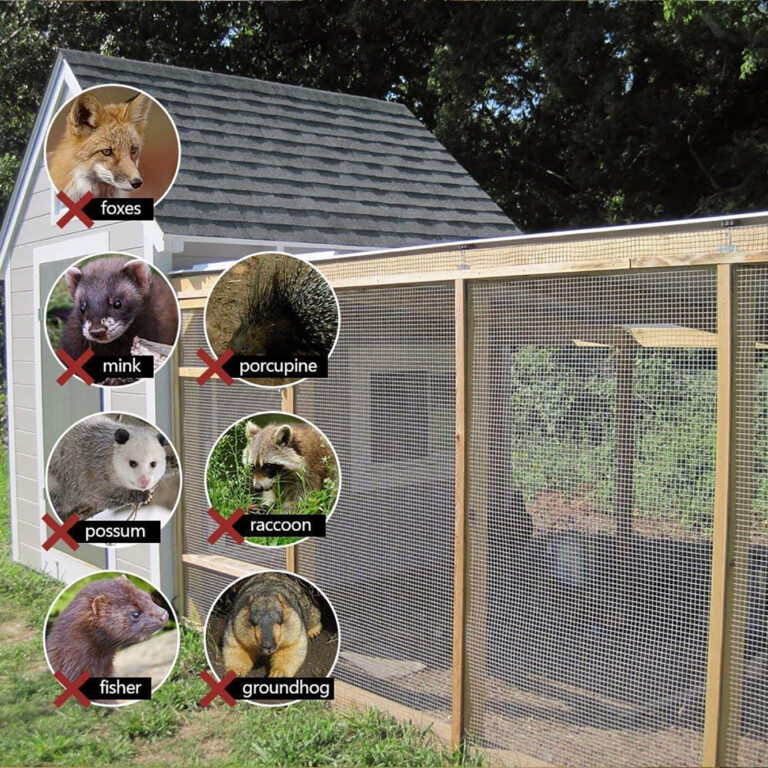 | Galvanized Welded Wire
| Check Price |
Straight Cut with induction Hardened jaws 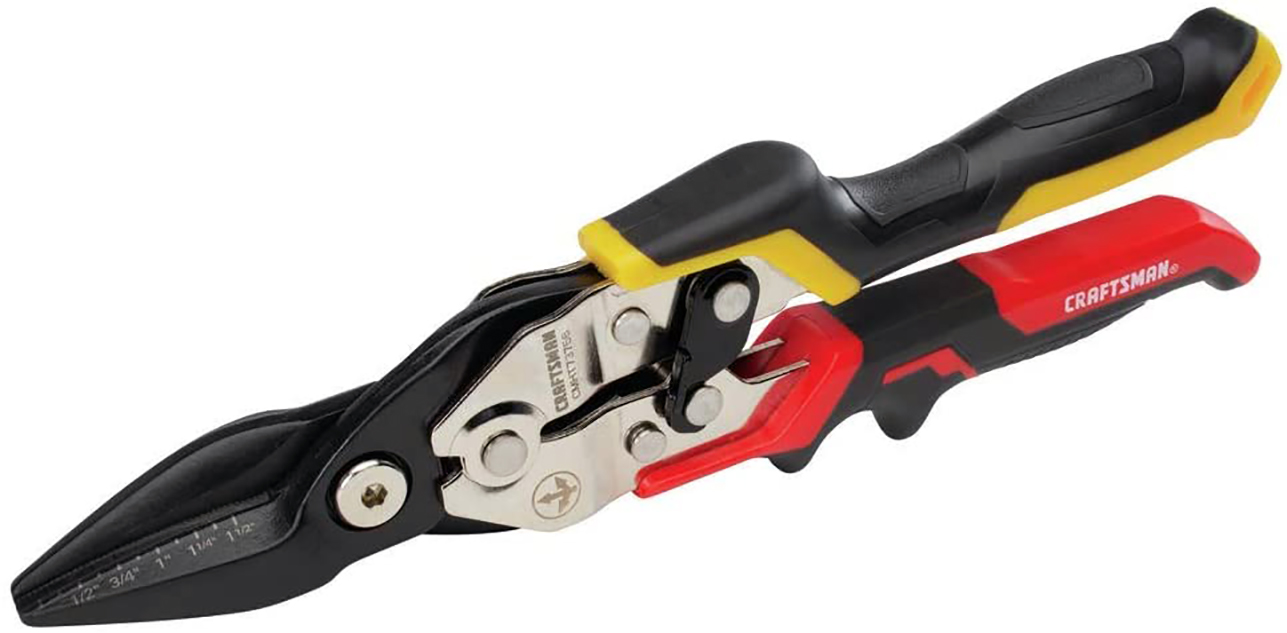 | Aviation Snips
| Check Price |
Pack contains 5 posts. Polyester powder-coated 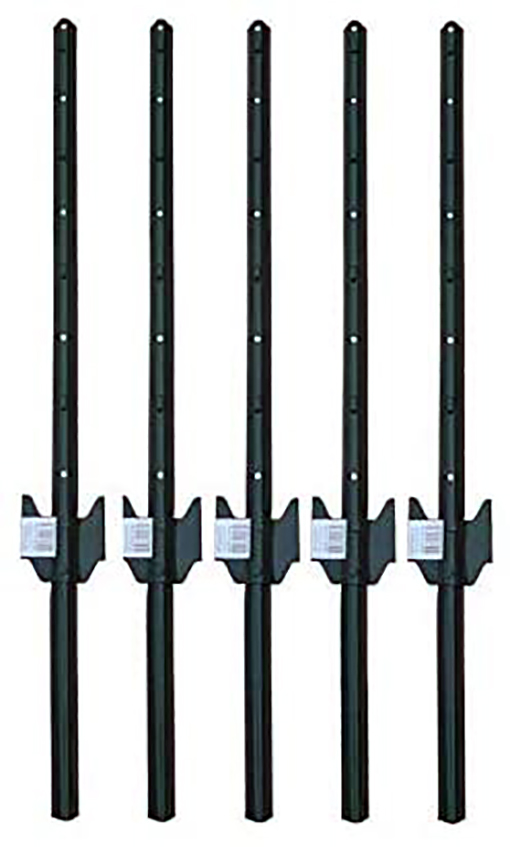 | Fence Post
| Check Price |
Staple Gun with Tool-Free 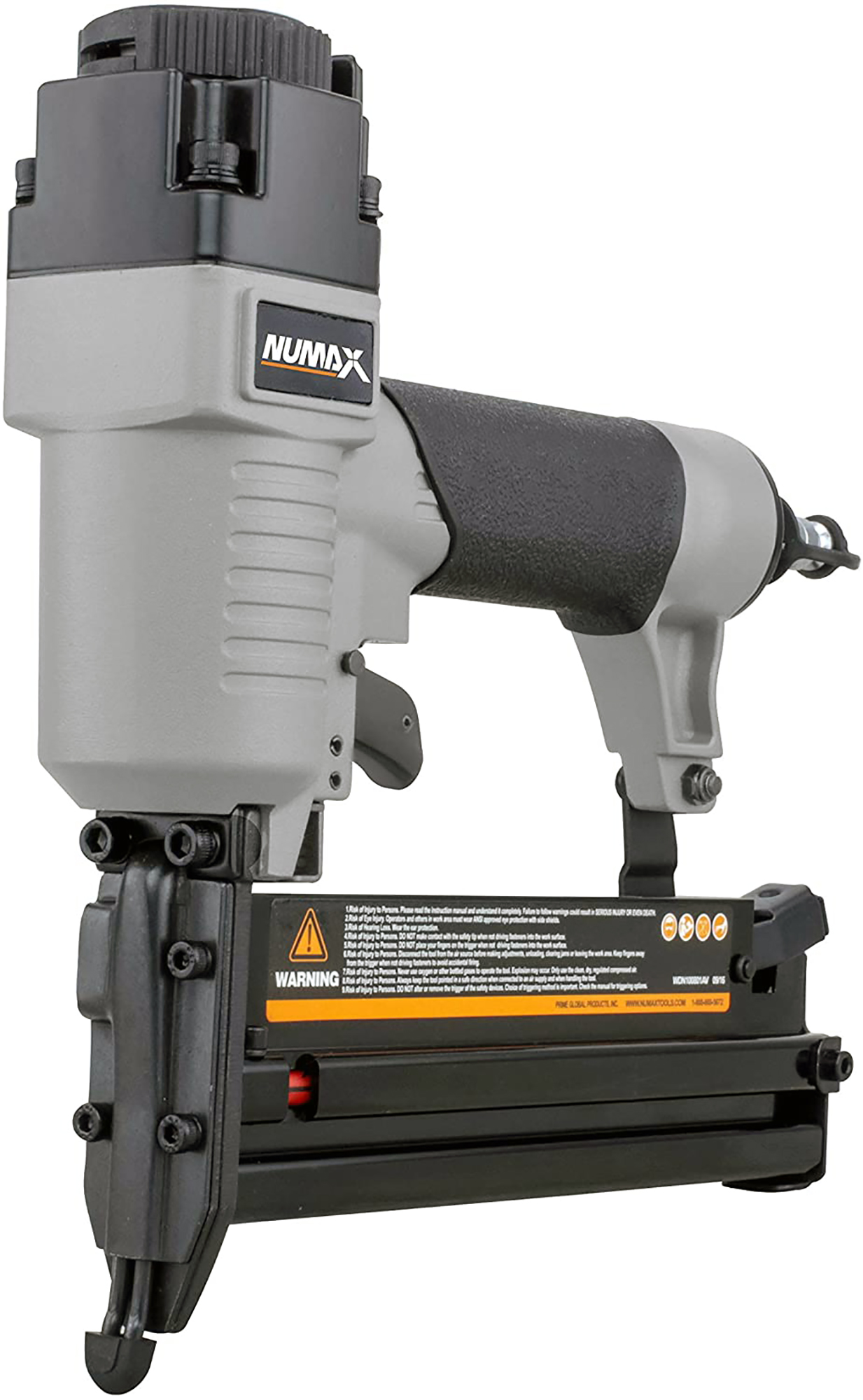 | Stapler Ergonomic
| Check Price |
Hardware cloth for poultry runs and screening 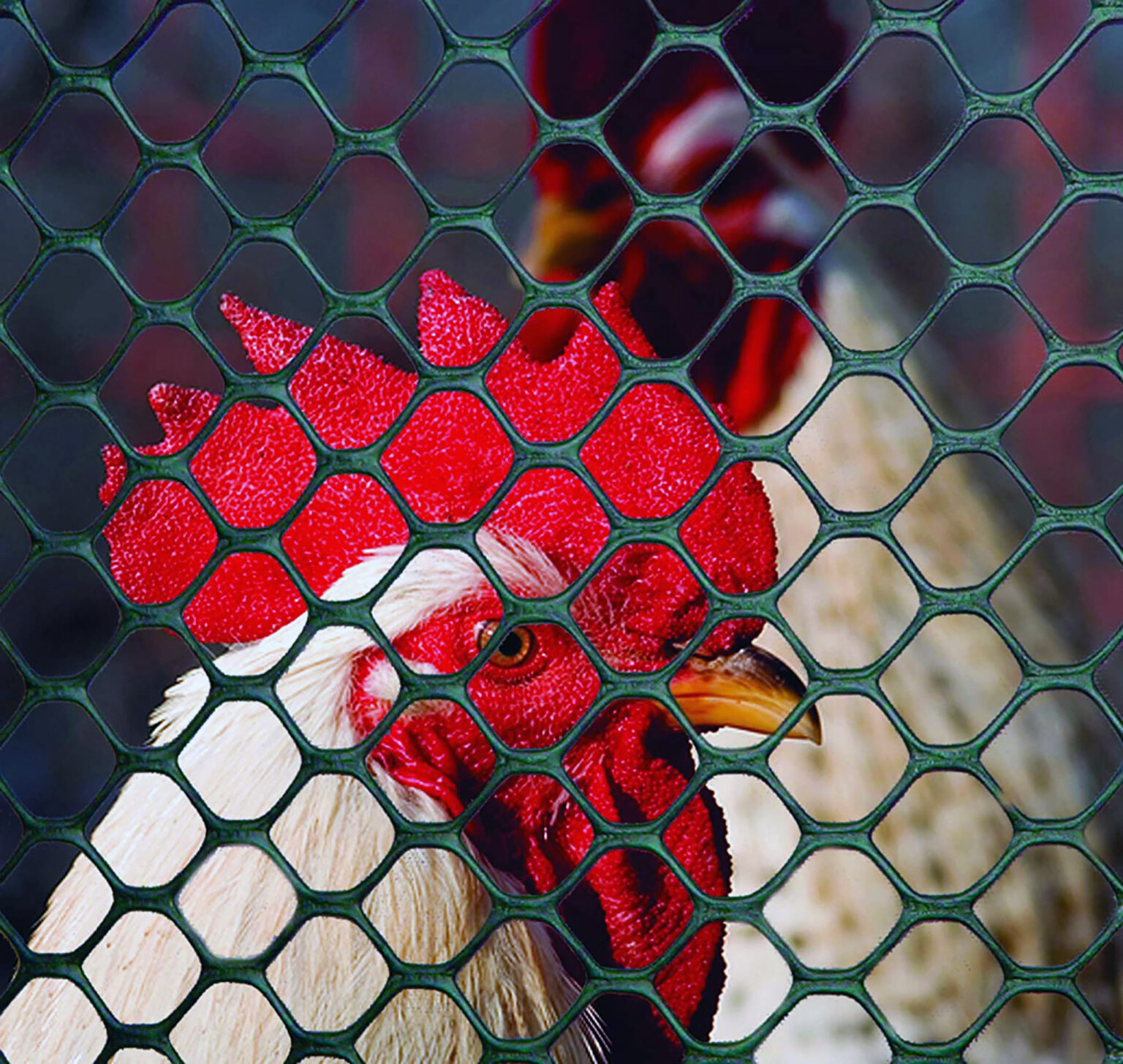 | Poultry Fence
| Check Price |
Conclusion
Overall, choosing and installing the right kind of chicken wire fencing can be difficult and confusing. But when you have the right guidance, it’s well worth the extra effort to ensure your chickens have the protection they need.
You must have the right kind of fencing for your chickens to keep them successfully enclosed within the area and safe from predators and pests. I hope you liked this tutorial, and you’re encouraged to share it if you found it helpful.
Chicken Wire Fence FAQ
You may still have questions about how to install chicken wire fencing or how to choose the best chicken wire fence for your backyard chickens. If so, read on for answers to some of the more commonly asked questions.
How do you make a chicken wire fence look good?
Since chicken wire is made of galvanized wire, it typically comes with hexagonal mesh holes. Chicken wire should not be used on coop vents, openings, or any windows of your chicken coop and should not be used on the chicken run if you happen to leave your chickens out to run around all day when you are not there to supervise.
To add some aesthetic elements to your fence to make it look better, consider adding wooden elements. You can add more strength and character simply by using the wire in combination with wood.
What is poultry netting?
Poultry netting is wire mesh commonly used on chicken coops or runs. It is made of thin, galvanized steel and typically comes in a roll with line posts already built-in. Poultry netting can be used to keep predators out and can be used to protect the flock from above. It is relatively inexpensive, but it will not be as predator-proof as traditional chicken wire is.
How tall should a fence be for chickens?
Your chicken fence should be at least six feet in height. You should then have 2 x 2-inch mesh for the sides of the coop and the roof. A strong hexagonal mesh, or chicken wire, alone may not be strong enough to keep predators out. You want to make sure you have enough height there as well.
Will chicken wire keep out foxes?
Foxes are known to be able to jump high fences and also dig under enclosures. Chicken wire alone will not keep this predator out. Chicken wire should be used to keep chickens in and should not be depended on for keeping predators out.
To keep your flock secure, use secure fencing, ensure your hens are locked up at night, secure the coop, and use lights to scare away predators.
Will barbed wire keep chickens in?
As a chicken owner, you probably already know the extent to which a predator will go to snatch your chickens right from their coop. Barbed wire strung along the top of your chicken fence can help deter anything that wants to try to climb over it.
Can I use a chain link fence for my chickens?
If you choose to use chain link fence for your chickens, you need to also attach hardware cloth to the outside bottom perimeter of the fence to prevent predators from reaching through the opening of the chain link fence and grabbing your chickens. Wire hardware cloth is the ideal fencing that should be used in a more permanent chicken run. It can cover and secure smaller areas, including windows and vents. Wire hardware cloth is also predator-proof for your chicken pen.
Read More from prestigequeen.com :
References:
- How to Use Deterrents to Stop Damage Caused by Nuisance Wildlife in Your Yard – edis.ifas.ufl.edu
- The scent of wolves: pyrazine analogs induce avoidance and vigilance behaviors in prey – www.frontiersin.org
- Animal repellent – en.wikipedia.org
- Chicken wire – en.wikipedia.org
- Trapping – en.wikipedia.org
Contents

best material on the topic
Fence Post Sturdy Duty – Fantastic fence blog posts for a light to medium task use. If dirt is harder they have the propensity to squash the top while hammering so they can use some more powerful metal or support at top.
Galvanized Welded Wire. Specific same high quality you see in your local large box hardware store, but for much less of the price. Be sure you are obtaining the best # gauge thickness of wire– the smaller sized the number, the thicker the wire. This 19 scale is ideal for making our poultry cage frame predator-proof, as the 23 gauge would have been much less strong. Easy to cut with the ideal cord cutters. The 1/2″ squares are rather even– there were a couple of squares that were off, but in 100 ft of mesh that’s still actually wonderful quality IMO. This cord hasn’t gone through significant storms, so I can’t attest for the quality of galvanization, however I will certainly update my review if something changes. I would definitely acquire this item once again.